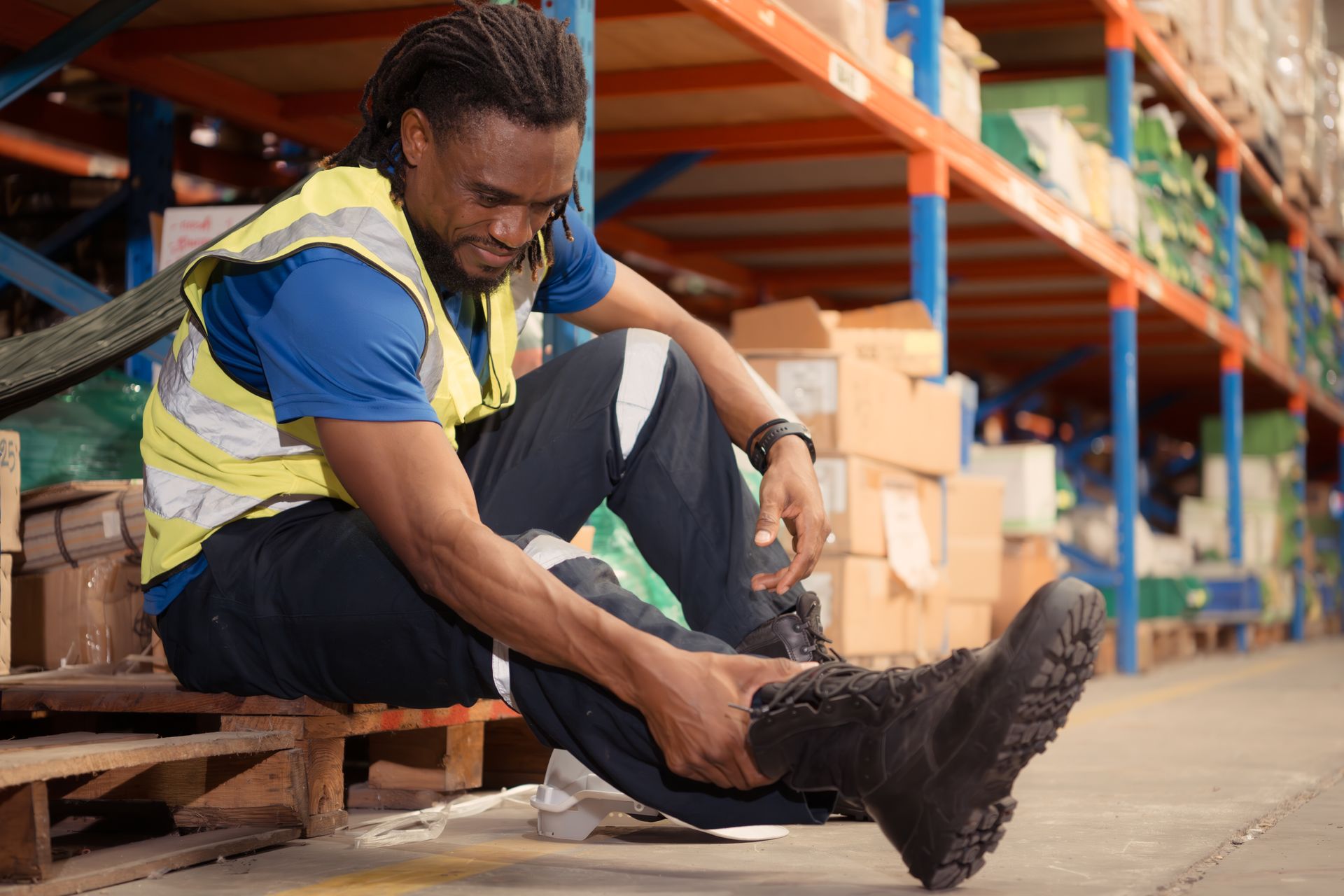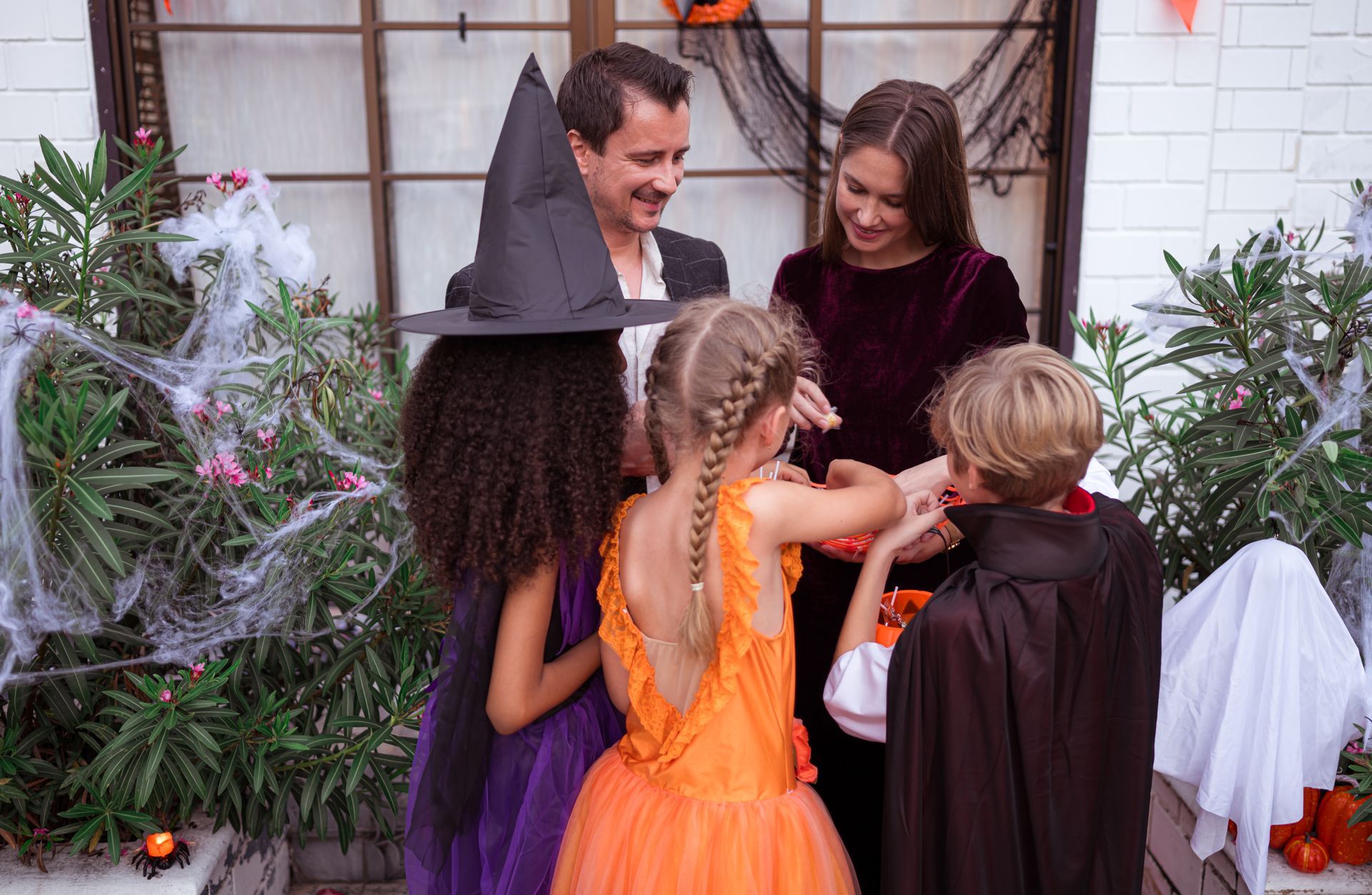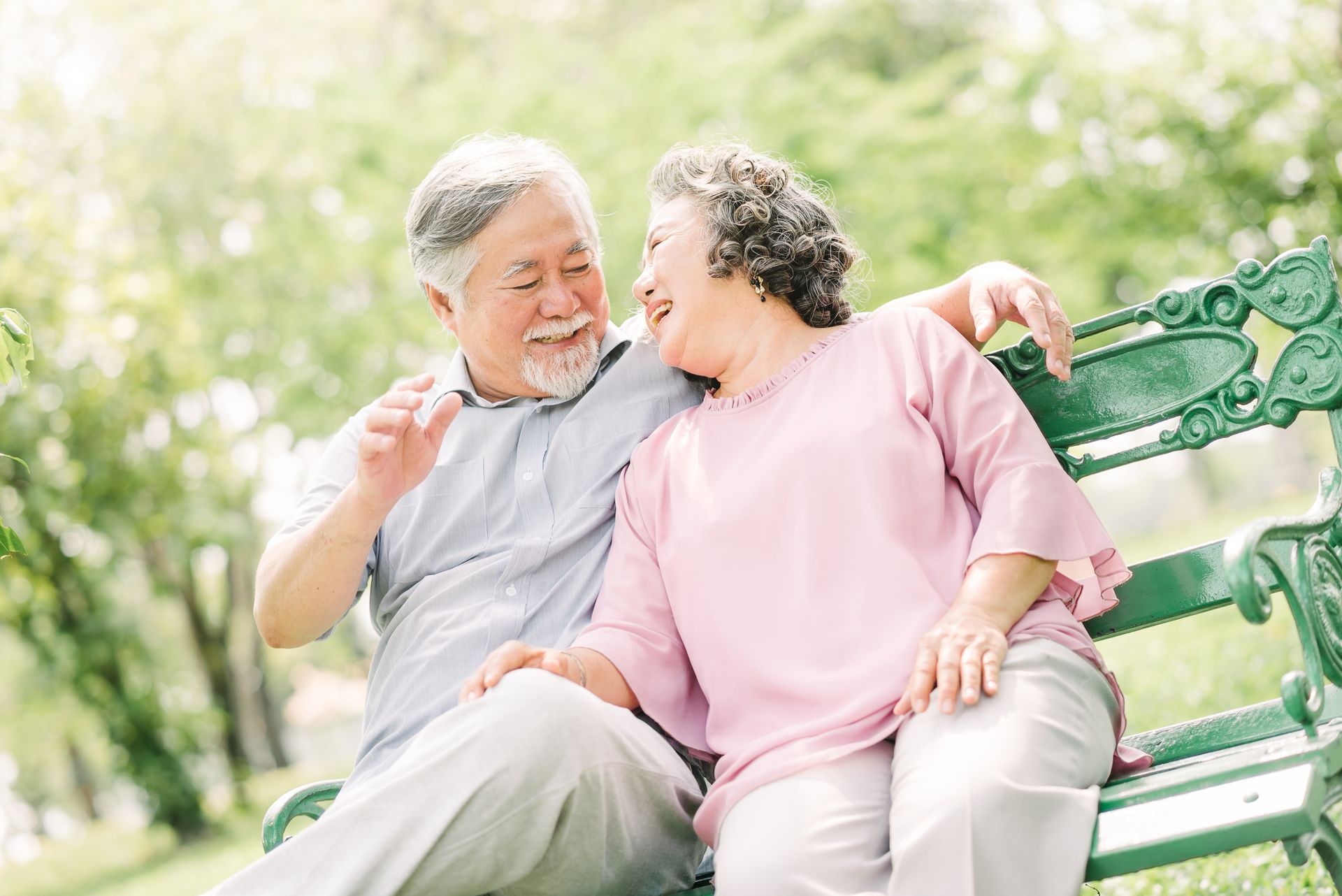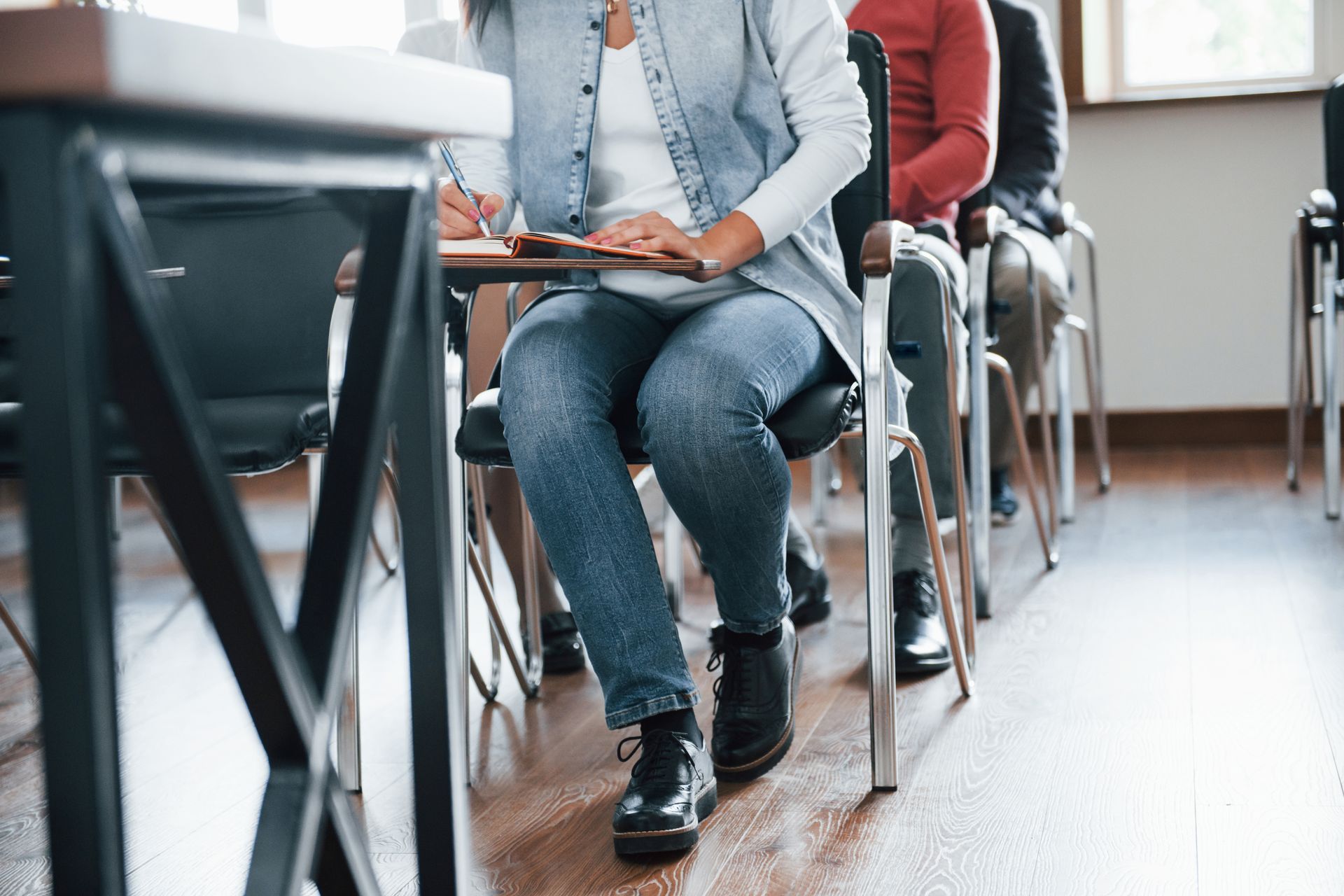The Vein Specialists: The Name Says It All
Originally posted in 2021 on Healthy Cells Magazine.
In the medical field, specialties and sub-specialties can produce some confusing terminology. For example, if you have a headache, you could see an endovascular surgical neuroradiologist (a physician who uses minimally invasive image-based technologies and procedures to diagnose and treat diseases of the head, neck, and spine), a neuro-ophthalmologist (who focuses on diseases of the nervous system that affect vision, control of eye movements, or pupillary reflexes), or an otorhinolaryngologist (an ear, nose, and throat specialist). It’s enough to give you, well, more of a headache. Thankfully, your general physician will know which specialist you might need to visit.
The physicians at The Vein Specialists keep it simple. Their specialty is veins. Specifically, varicose veins, spider veins, and restless leg syndrome (which is often caused by varicose veins). For the last decade, Dr. Tom Nielsen and Dr. Kathy Bohn have led their team of physicians—including Dr. Richard Castillo and Dr. Doug Ward—and the staff in their offices in Bloomington and Peru to help people who are experiencing the various issues associated with varicose veins.
Surprisingly, most of those issues have nothing to do with the cosmetic “look” of varicose veins. The heaviness, swelling, achiness, throbbing, or tired-feeling legs are due to a medical condition. Although age, gender, genetics, or your job may have an impact, varicose veins are not a condition that you should simply be resigned to having. You don’t have to “live with them”—and there is good reason not to.
What are varicose veins?
“Even after 10 years, we do a lot of education regarding our services. People still think it [varicose veins] is a cosmetic problem,” says Dr. Nielsen. In fact, varicose veins are caused by the breakdown of the valves in the veins of the legs, which in turn allows gravity to cause the blood to pool in the veins instead of getting pushed back to the heart. The result is bulging and distention of the large veins in the legs, as well as swelling and aching in the legs, feet, and ankles. Severe cases can result in stasis dermatitis, which, left untreated, can become ulcers on the lower legs.
Another result of the broken valves is the “look” of varicose veins: ropy, bumpy, discolored, unsightly veins on the legs. It’s often a situation where the medical condition causes a cosmetic condition, which then leads to a quality-of-life problem, especially if the patient quits doing things they used to enjoy because of discomfort or embarrassment.
“Sometimes people think their veins are ugly, but then they realize or admit they have burning, cramps, or other symptoms,” says Dr. Bohn. When they understand the medical part, which can be easily diagnosed by using an ultrasound that shows that valves in veins are broken, they are more apt to investigate how to have them fixed. And the good news is, if their veins get fixed, they have noticeable relief to their burning, cramping, and heavy-feeling legs, as well as healing for any ulcers they may have developed.
“It’s still such a misunderstood problem,” Dr. Nielsen goes on to say about the confusion between the medical and cosmetic nature of varicose veins. “The fact is, 95% of the procedures we do are covered by insurance, including Medicare, because they are, in fact, medical problems.” The physicians and staff at The Vein Specialists work with each patient’s insurance company to ensure the best results.
How are varicose veins diagnosed?
Technology helps with diagnosis and treatment. “Varicose veins are not always visible, so using the latest ultrasound technology to see if the valves are broken have made them easier to treat,” says Dr. Bohn. “The first office visit to The Vein Specialists includes a getting a sonogram to find out what is going on in the veins and what the patient may or may not need.”
In fact, even before this first appointment, some patients are encouraged to take advantage of a 30-minute free screening appointment that can help determine the cause of leg cramps, restless leg syndrome, or heavy/tired legs. “The screening will help decide whether someone might benefit from further treatment—especially if they have certain symptoms but don’t have bulging veins,” she explains.
“If you already have varicose veins, it probably makes more sense and is a better use of time to go ahead and schedule that first appointment where you’ll have the ultrasound diagnosis right away, plus you’ll get a lot of additional information to consider.”
Insurance often requires conservative management measures to be taken before approving the use other procedures. These measures may include spending 6–12 weeks wearing thigh-high, prescription-strength compression hose; following a weight management or weight loss program; exercising; and other strategies such as elevating the legs while sitting.
However, these measures only address the symptoms. “If wearing the compression hose, losing weight, and increasing exercise helps decrease the patient’s discomfort and complaints about how their legs feel, that’s great,” says Dr. Nielsen. “But the reality is that these things do not nor cannot resolve the problem, which is broken, weakened, inefficient valves in the veins.”
Even if they do have some relief with these strategies, few people want to continue wearing the high compression hose, as they are hot, uncomfortable, and unflattering. “But, one benefit to high compression hose is that they are both therapeutic and diagnostic,” says Dr. Bohn. “If wearing the hose helps a patient’s legs to hurt less, we know the procedure will probably fix the problem.”
How are varicose veins treated?
Years ago, “stripping” the veins was the most common method of treatment. This surgical procedure involved making incisions on the leg or groin, inserting a wire that would be tied to the vein, and pulling the vein out. It was an uncomfortable process that was only 50-60% successful 5–10 years post-treatment. “Fear due to stories about stripping and the pain associated with that can still make people afraid to come in,” says Dr. Nielsen.
Now, the physicians at The Vein Specialists use endovenous laser ablation (EVLA), which uses an ultrasound-guided laser to deliver laser energy inside the vein, causing the vein to collapse and seal shut. The blood is naturally diverted to other, healthy veins.
The procedure is done in the office with local anesthesia, so patients are able to walk immediately after it is completed. A compression stocking is worn for a period of time during the healing process, and further treatments, such as sclerotherapy, which uses medication to destroy the lining of the blood vessel to seal it shut, take place after healing has occurred.
Sclerotherapy is often performed 3–6 weeks after the laser ablation is done.
A typical treatment process includes two laser treatments and four sclerotherapy treatments over the course of four to six months, allowing for healing between procedures.
“Although the procedures are not painless, the pain is tolerable,” says Dr. Nielsen. “The procedure may cause some discomfort. Pain tolerance is a very abstract and subjective thing—what might be mild pain for one person is hardly noticed by another. And usually, it’s much less than the pain they experience due to varicose veins.”
Benefits of treating varicose veins
Although the diagnosis and treatment of varicose veins is a relatively new specialty in the medical field, it is becoming more well known. And the procedures are not limited to patients of a certain age or gender.
“We often accommodate for what’s going on in our life—our legs may feel heavy and we may not be sure what it means or are resigned to take care of it in our ‘older years,’” says Dr. Nielsen. “But varicose veins are not something you need to wait to take care of.” In fact, the practice is now seeing younger people (in their 30s and 40s) who are getting their varicose veins taken care of earlier before it becomes as interfering with life as it would had they waited.
Although women are three times more likely to suffer from varicose veins than men, men tend to have more appearance issues than other symptoms, so they wait longer because their legs don’t hurt. “I’ve had men come in saying their golf buddies were tired of looking at their ugly legs, so peer pressure helped them take action before they were in a lot of pain,” says Dr. Nielsen.
Pregnant women can be prone to getting varicose veins and used to be told to wait until they were done having babies before they did anything about them. “Now,” says Dr. Bohn, “they are encouraging women of child-bearing age to get their varicose veins taken care of between babies so that they have less discomfort during subsequent pregnancies. It’s really been a change in mindset.”
Another change in thinking has to do with DVT (deep vein thrombosis). “Over the last few years, studies have shown an increased risk for DVT if a person has varicose veins. Overall, the risk of a blood clot is still pretty low, but recent studies have shown a higher correlation than in the past,” says Dr. Nielsen.
If you’re thinking that you just have to live with ugly varicose veins, The Vein Specialists want you to know that this is not the case. Their specialty—their entire focus—is resolving the medical issue of varicose veins. The resulting cosmetic changes are just a side benefit to fixing the medical problem.
The Vein Specialists follow all standard CDC COVID-19 guidelines regarding masks, social distancing, screening, and cleaning. Contact The Vein Specialists at (309) 862-4000 or
www.ILveins.com.











